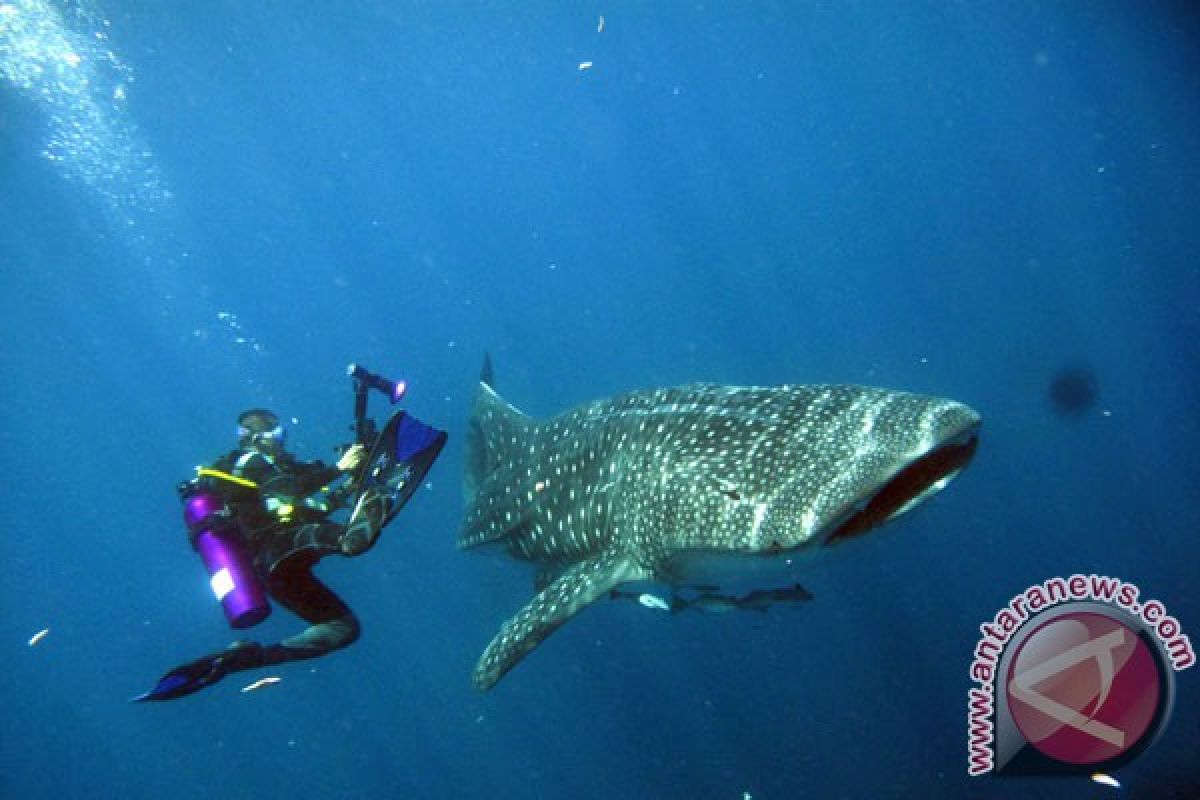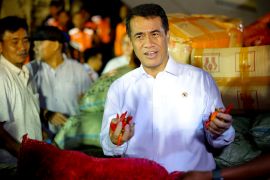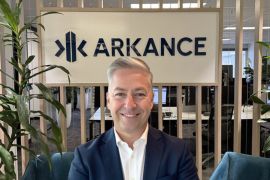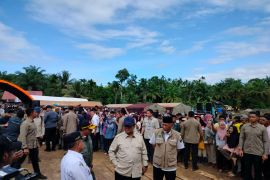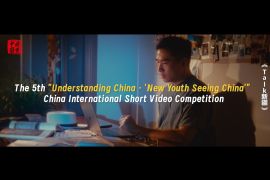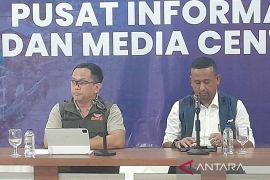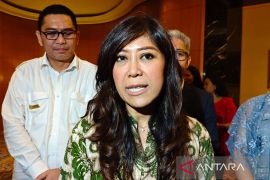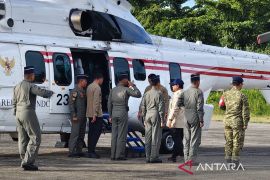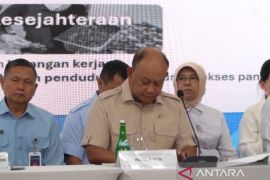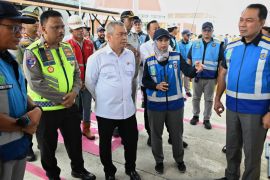So many things are put in its path. From time to time the local government finds itself in the situation where it is required to make all types of decisions to overcome the challenges.
The Office of Cendrawasih Bay National Park (TNTC) has designed a master plan to develop potential tourism in that area but the problems of waste, environmental pollution, and public resistance to the presence of tourists become great challenges in the development.
Cendrawasih Bay National Park Office Chief Ben G Saroy has said the central government was focusing on tourism development, and that, the regional government should welcome the initiative by overcoming the challenges.
As the largest marine national park in Indonesia, the more than 1.4 million-hectar Cenrawasih Bay National Park was declared Marine National Park on September 2, 1993 by the Decree of Ministry of Forestry No. 472/Kpts-II/1993.
About 95 percent of the park is made up of coral and seas, and the rest covers the mainland occupying 68,200 hectares of land and coastline.
Administratively, the TNTC includes three districts in two provinces, namely Wondama Bay and South Manokwari districts in West Papua, and Nabire district in Papua.
However, Saroy reiterated that waste, environmental pollution, and public resistance to the presence of tourists remain the biggest challenges in tourism development in this area.
"Local communities do not like visiting tourists because they have not understood how they can benefit from the presence of visitors for pleasure and interest," Saroy remarked in Manokwari, West Papua.
Their dislike to the presence of tourists becomes the biggest challenge in tourism programs in "the Bay of Paradise National Park", and for that, it takes serious efforts to change the paradigm of the local society about the need for tourism development.
Further, the TNTC Office chief noted that the problem of waste and pollution was easier to solve, but overcoming the public resistance to the tourist presence should be done seriously and cautiously.
Saroy mentioned that the Cendrawasih National Park Office holds a cooperation with the the World Wide Fund for Nature (WWF) and the local government to develop the concept of community-based tourism in Wondama Bay, Nabire, and South Manokwari districts.
In addition, the establishment of Village Owned Enterprises (BUMDes) continues to be done in villages that have great tourism potential.
"This is our effort to reduce people`s resistance to the presence of tourists. They must be directly involved as agents in managing tourism sector," Saroy explained.
The TNTC Office also drafted a regional regulations that have been addressed to the government of Nabire and Wondama Bay. The regulations have been discussed in that two districts.
After the regulations are approved, the TNTC Office will also push to draft a rule on the rate for tourism in that districts and will also support that every village should have its own regulations.
The regulations are necessary so that the tourism in this area could be well managed and beneficial in terms of improving the community welfare.
In addition, the TNTC and WWF had already facilitated a number of villages that will be promoted as tourism villages.
"In Nabire, we will assign one village in Soa, while in Wondama Bay, We focussed in Aisandami, and Gunung Botak in South Manokwari," Saroy said, adding that those three areas are the strategic access for visitors in exploring the whole areas of the national park.
The management of tourism in the area is expected to be effective and efficient for foreign and domestic tourists.
Saroy expressed hope that the presence of tourists in the area of Teluk Cenderawasih National Park will continue to increase. In 2019 the construction of the Sowa Resort and Whale Shark Center in Kuwatisore, Nabire, will begin.
In 2020 and 2021, the development will continue in Purup and Aisandami Resorts, Wondama Bay.
To build a resort and whale shark monitoring center in these three locations the central government has allocated a budget of Rp74 billion.
Hence, WWF-Indonesia has also promoted law reinforcement regarding illegal trade of endangered marine species as a conservation commitment which has been put in the front. Support from local community is a public appreciation for conservation practice in marine protected area of the Cendrawasih Bay National Park.
Besides, the TNTC Center also continues to preserve six species of endangered sea turtles living in the waters of the Birds Head area of Papua and West Papua provinces.
Therefore, the people living in the coastal areas of the national park have been urged to continue to preserve the habitat of these turtles.
Of the six species of sea turtles living in the TNTC area, the largest population inhabits the Wairundi Island in the northeast of South Manokwari district, West Papua province.
TNTC is representative of the coral reef ecosystems, beaches, mangroves, and tropical forests on Papua Island.
(T.O001/A/KR-BSR/B003) 21-02-2018 01:16:26
Reporter: Otniel Tamindael
Editor: Heru Purwanto
Copyright © ANTARA 2018
